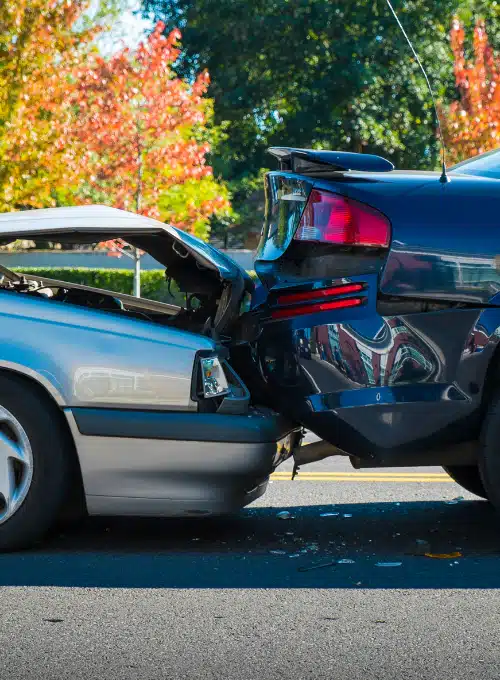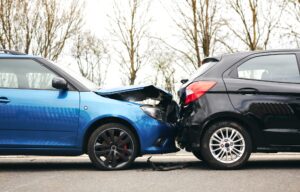Table of Contents
ToggleBusting the Myth: “If You Rear-End Someone, You’re Always at Fault”
Key Takeaways
- Understanding Fault Is Complex: Fault in rear-end collisions isn’t always straightforward. While the rear driver is often presumed at fault, circumstances like sudden stops, malfunctioning brake lights, unexpected reversing, and erratic driving can shift blame to the leading driver.
- Importance of Evidence: After a rear-end accident, it’s crucial to document everything—take photos, gather witness accounts, and note any irregularities, like faulty brake lights on the other car, to support your case.
- Seek Professional Advice: Don’t rush to admit fault and consider consulting with a car accident lawyer. A legal expert can help navigate the complexities of the incident, especially if you believe you’re not at fault, ensuring your rights are protected.

Have you ever heard that you’re automatically at fault if you rear-end someone? It’s a common misconception, but the truth is that traffic accidents are rarely black and white.
Understanding Fault in Rear-End Collisions
It seems straightforward. If you hit someone from behind, you must have been following too closely or not paying attention. Drivers should keep a safe distance, but sometimes, the driver in front may be to blame for a rear-end crash.
The Exceptions to the Rule
Sudden Stops: If the car in front suddenly stops and you can’t stop in time, it might not be your fault.
- Malfunctioning Brake Lights: Imagine driving at night, and the car ahead of you has brake lights that aren’t working. The responsibility could shift if they stop and you don’t realize it in time.
- Reversing Surprises: Yes, it happens! If the car in front of you suddenly decides to reverse and you collide, the fault could lie with the reversing driver.
- Road Rage and Erratic Driving: Some drivers act unpredictably on the road, making sudden lane changes or stops. Such actions can lead to rear-end collisions where the lead driver shares fault.
So, What Should You Do After A Rear-End Accident?
- Document Everything: Document as much as possible if you are in a rear-end collision. Take photos, look for witnesses, and if possible, note if the car in front of you had any issues, like malfunctioning brake lights.
- Don’t Admit Fault: Pause before apologizing: It’s normal to feel the need to say sorry, but rushing to admit fault can cause issues. It’s best to exchange information and let the insurance companies and possibly the police sort out the details.
- Talk To A Car Accident Lawyer: Sometimes, the best action is to consult a legal professional, especially if you believe you’re not at fault. They can navigate the complexities of your case and ensure they protect your rights.
Has This Happened To You?
While maintaining a safe distance from the car in front of you is crucial for avoiding accidents, it’s important to remember that not all rear-end collisions are cut-and-dry cases of the rear driver being at fault. Understanding the nuances of these situations can help you if you ever find yourself in such an unfortunate scenario.
If any of the scenarios reviewed here apply to you and you have been hurt due to a rear-end car accident, contact us at M&Y, top car accident lawyers, and tell us your story.




